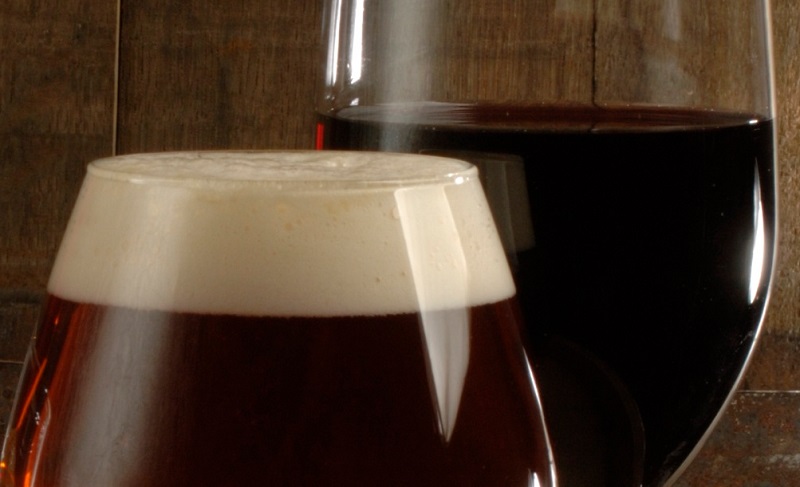
(File Photo)
Breweries are changing their organizations, facilities and business models to focus on the revenue opportunities offered by brewery visitors. Wineries have long generated a large portion of their total revenue (and the majority of their profits) from on-site sales. These on-site sales start with casual samples, but most places offer far more elaborate selections: guided tastings of various kinds or food and wine pairings from simple appetizers to full-on meals. And then there is the sale of wine to go: Who hasn’t left a winery with anything from a bottle to a whole case of your favorite?
Finally—for wineries—there are the follow-on sales: wine-of-the-month clubs and so forth. We aren’t seeing much of this last step from breweries yet, but I suspect it will become more and more common as the three-tier barriers continue to erode. At one time, brewers viewed hosting visitors as an important part of their marketing: If consumers had a memorable visit, they’d be more likely to buy their beer out in the market.
The new model flips this upside down: The beer that gets shipped for distribution is less about making money and more about attracting visitors to the brewery itself, since that is where the money will be made.
Then what about special events? It has long been common for people to want to get married at a winery, but until recently such things were nearly unheard of for brewery spaces. Now, brewery weddings are becoming increasingly common, as are many other life events.
In short: The local brewery has become for most of America what the winery has long been in California at places like Napa and Sonoma.
Editor’s Note: This story is part of a special section on the future of beer, which appears in the March 2017 issue of All About Beer Magazine.

Leave a Reply